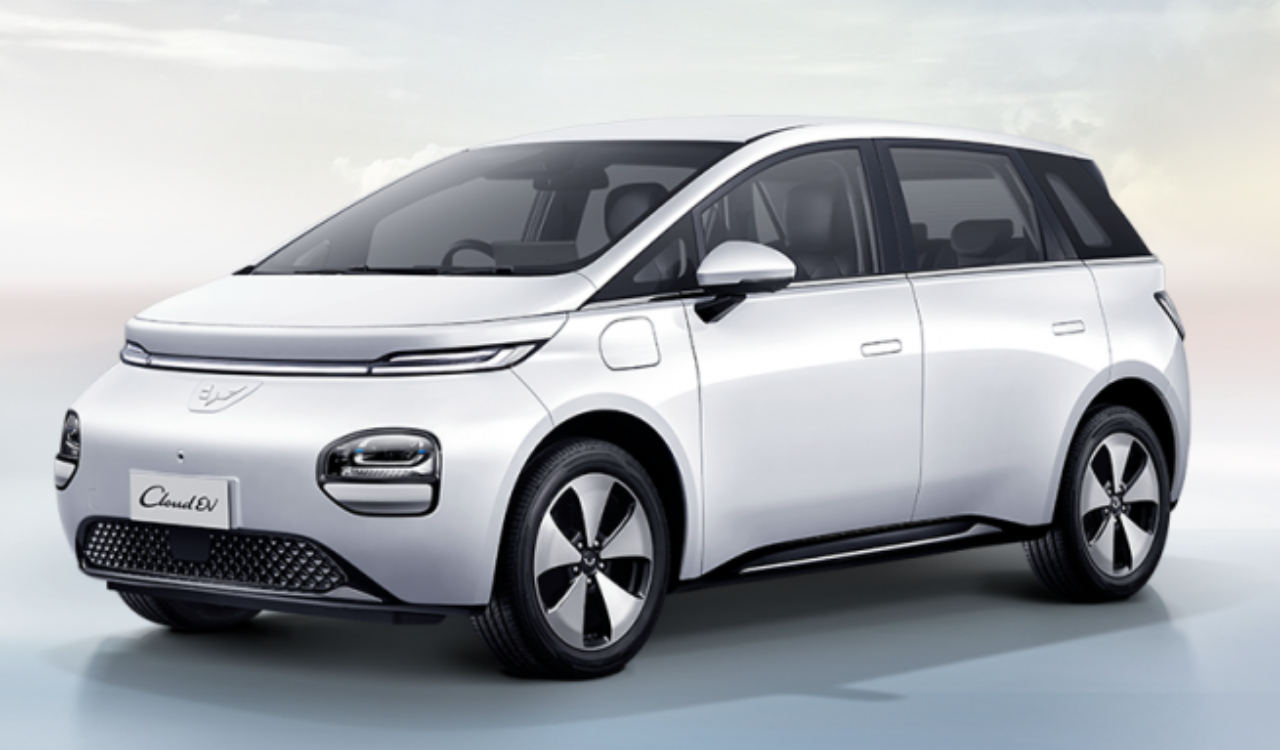
According to the latest report from the China Daily, China is planning to invest about 6 billion yuan in the research and development of all-solid-state batteries. Six companies including CATL, BYD, FAW, SAIC, Weilan New Energy and Geely may receive basic research and development support from the government.
China to invest about 6 billion yuan on all-solid-state batteries
The main goal of the investment is to encourage qualified enterprises to conduct research and development on all-solid-state battery-related technologies. Since April 2024, the industrialization of all-solid-state batteries in China has accelerated, and many companies have announced the development of all-solid-state batteries and the timetable for mass production.
For your information, back on April 11, the Qingdao Institute of Bioenergy and Process Technology of the Chinese Academy of Sciences made new progress in the research of sulfide electrolytes. The research team is preparing for the implementation of a 20Ah sulfide all-solid-state battery molding production line, striving to be the first to achieve mass production of sulfide all-solid-state batteries by 2026.
On April 12, GAC launched its all-solid-state battery technology at GAC Technology Day , which is expected to be installed in Haobo models in 2026. The person in charge said that the development of all-solid-state batteries is as difficult as climbing Mount Everest, and requires breakthroughs in materials, design, manufacturing, and integration.
On April 28, Wu Kai, chief scientist of CATL, attended a seminar on advanced battery cutting-edge technologies and stated that the goal is to produce all-solid-state batteries in small batches by 2027. On May 24, SAIC Group announced at its new energy technology launch conference that the all-solid-state battery is based on the polymer-inorganic composite electrolyte technology route. SAIC Qingtao's first all-solid-state battery production line has been approved and is scheduled to be completed by the end of 2025 and officially put into mass production in 2026.

.png)
.png)
